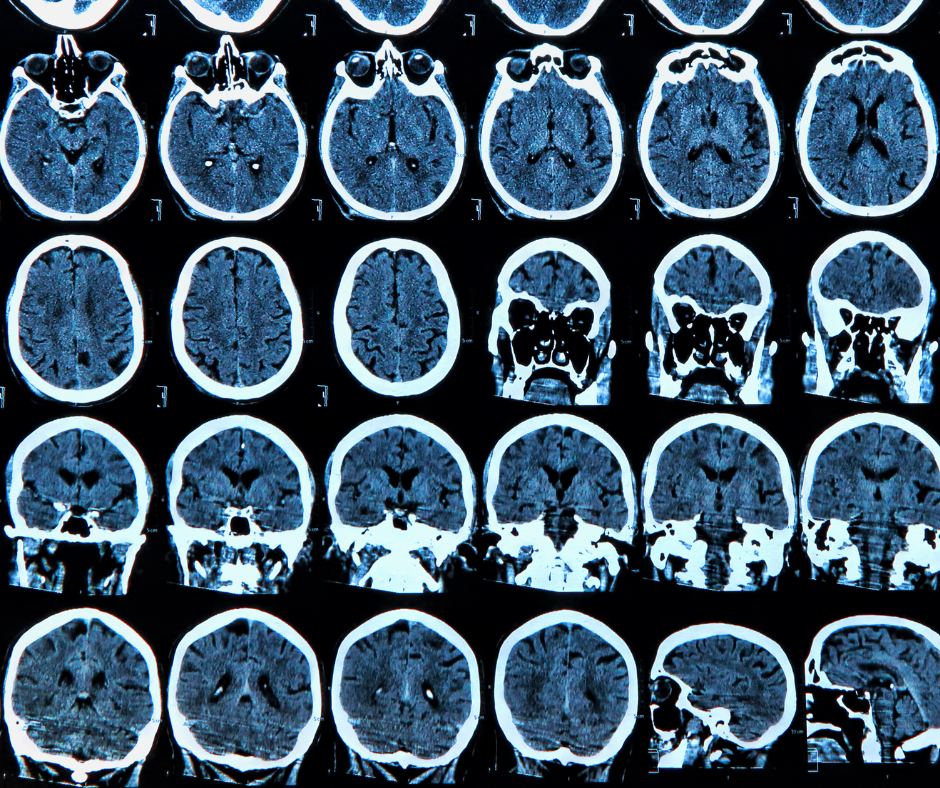FDA Clears Brain MRI-Based Software for Assessing Cortical Disarray Measurement
The CDM Insights software, which can be utilized with scans from 1.5T and 3T MRI, reportedly provides new measurements of cortical thickness and brain microstructure.
The Food and Drug Administration (FDA) has granted 510(k) clearance for CDM Insights, a magnetic resonance imaging (MRI)-based software that may facilitate early detection of neurodegeneration.
The cloud-native CDM (Cortical Disarray Measurement) Insights software enables neuroradiologists to assess new measurements of brain microstructure and cortical thickness that were previously unavailable in the United States, according to Oxford Brian Diagnostics, the developer of the CDM Insights software.
For the assessment of brain MRI, the newly FDA-cleared CDM Insights software provides neuroradiologists with new measurements of brain microstructure and cortical thickness that were previously unavailable in the United States, according to Oxford Brain Diagnostics, the developer of CDM Insights. (Image courtesy of Adobe Stock.)

"Our technology empowers clinicians with the tools they need to detect subtle brain changes and to diagnose with confidence at an early stage,” noted Steven Chance, Ph.D., the CEO and co-founder of Oxford Brian Diagnostics. “These insights also help patients gain a better understanding of the changes happening in their brains, addressing the uncertainty often experienced with the early signs of Alzheimer's disease. Ultimately, this enables providers … to understand patient brain structure changes prior to symptom progression and improve patient outcomes."
The company said CDM Insights allows clinicians to monitor brain changes across multiple stages of adult life and enables assessment of patients with neurodegenerative disorders such as Alzheimer’s disease. The software can be utilized with scans from 1.5T or 3T MRI devices, according to Oxford Brain Diagnostics.
Could Ultrafast MRI Enhance Detection of Malignant Foci for Breast Cancer?
April 10th 2025In a new study involving over 120 women, nearly two-thirds of whom had a family history of breast cancer, ultrafast MRI findings revealed a 5 percent increase in malignancy risk for each second increase in the difference between lesion and background parenchymal enhancement (BPE) time to enhancement (TTE).
MRI Study Suggests Shape of White Matter Hyperintensities May Be Predictive of Cognitive Decline
April 7th 2025Emerging research demonstrated that cognitive declines in memory, executive function and processing speed domains were associated with irregular shape of periventricular/confluent white matter hyperintensities.
Can Abbreviated MRI Have an Impact in Rectal Cancer Staging?
April 4th 2025Abbreviated MRI demonstrated a 95.3 percent specificity for rectal cancer and provided strong agreement with the full MRI protocol for T staging and detection of extramural venous invasion, according to newly published research.